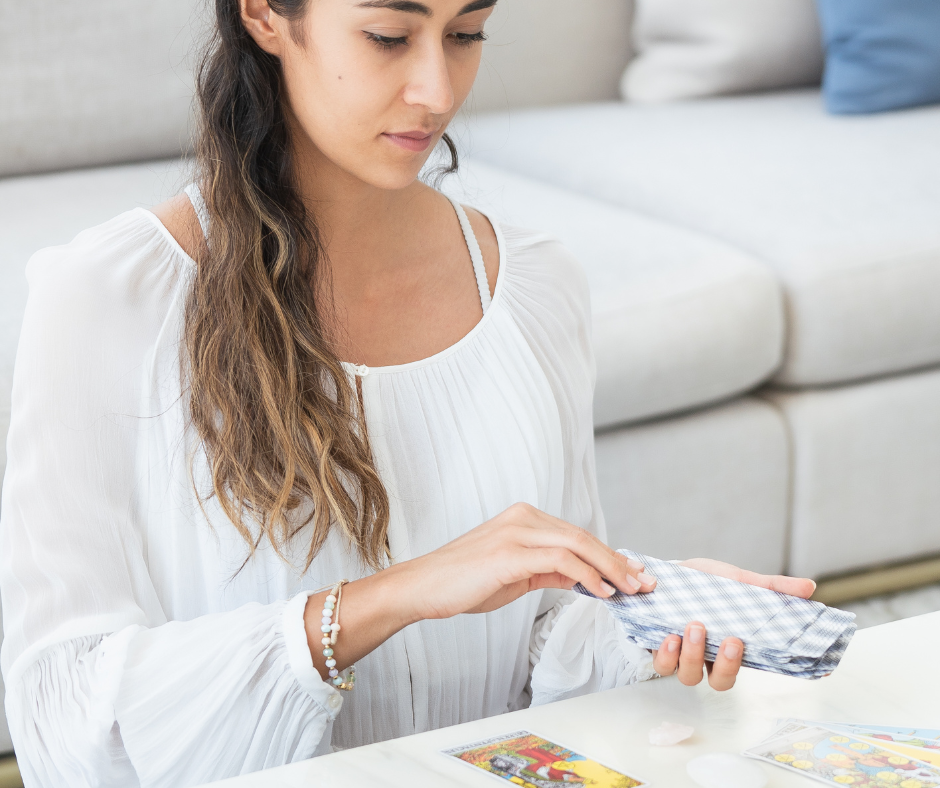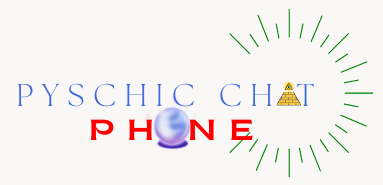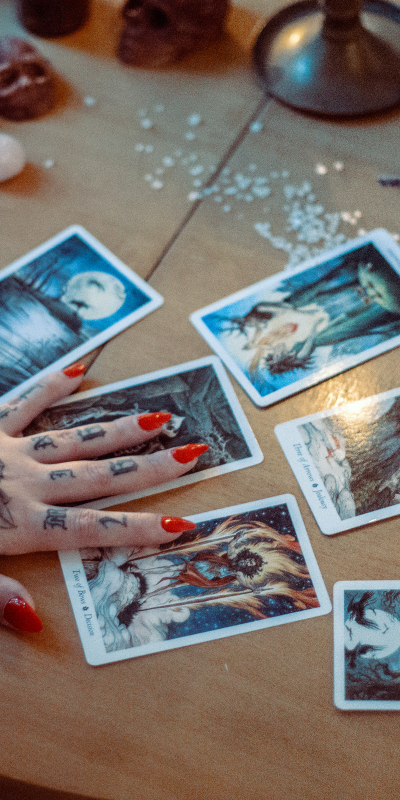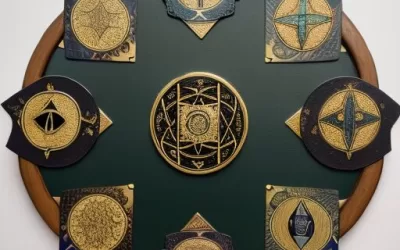Self-reading Tarot Cards
How To tarot card read yourself can be an insightful and empowering experience. By following these steps, you can conduct a self-reading and tap into your intuition for guidance and clarity:
- Choose a deck: Select a Tarot deck that resonates with you. There are many decks available, each with its unique artwork and interpretation of the Tarot symbolism. Pick one that you feel drawn to and connected with.
- Create a calm and peaceful environment: Find a quiet, comfortable space where you can focus and connect with your intuition. You may want to light a candle, burn incense, or play soft music to help create a tranquil atmosphere.
- Clear your mind and set an intention: Before beginning the reading, take a few deep breaths to center yourself and clear your mind. Set an intention for the reading by asking for guidance, clarity, or insight into a specific area of your life.
- Shuffle the cards: Shuffle the Tarot deck while focusing on your question or intention. You can shuffle in any way that feels comfortable to you. Trust your intuition and shuffle until you feel ready to draw the cards.
- Choose a spread: Select a Tarot spread that best suits your question or intention. Some common spreads include the Three-Card Spread (Past, Present, Future), the Celtic Cross Spread, or the Horseshoe Spread. For beginners, a simple Three-Card Spread is a great starting point.
- Draw the cards: Lay out the cards in the chosen spread, either face-up or face-down. Turn them over one by one, taking note of the cards' positions and the meanings associated with those positions in the spread.
- Interpret the cards: Begin interpreting the cards in relation to your question and their position in the spread. Consider both the traditional meanings of the cards and your intuitive impressions. Pay attention to any emotions, thoughts, or images that come up while interpreting the cards.
- Reflect and take notes: Spend some time reflecting on the message of the reading. Consider how the cards' meanings relate to your life and what guidance or insight they offer. You may want to journal about your reading to help process the information and track your Tarot journey.
- Close the reading: Thank the cards and your intuition for their guidance. Close the reading by returning the cards to the deck, clearing the space, or taking a moment of gratitude and reflection.
Remember, practice makes perfect. The more you work with your Tarot cards, the more confident and intuitive you'll become in your readings. Trust your inner wisdom, and let it guide you on your journey of self-discovery and growth.
Conclusion of how to tarot card read yourself:
Tarot card reading for yourself can be a powerful tool to gain insight and clarity into your life, as well as to receive guidance and advice. When reading for yourself, it's important to take your time and be mindful of the questions you are asking, as well as the responses you receive. Be sure to be open to the possibilities that arise, and trust the wisdom of the cards. Lastly, remember that reading the tarot cards is ultimately an intuitive process, so trust your intuition and work with the cards in a way that feels right for you.

How can I do a tarot card reading for myself?
1. Prepare a quiet and comfortable space.
2. Shuffle the deck while focusing on your question or intention.
3. Lay out the cards in a spread, such as the three-card spread or Celtic Cross.
4. Interpret the cards based on their position, symbolism, and your intuition.
5. Reflect on the messages conveyed by each card and how they relate to your question or situation.
6. Consider seeking guidance from tarot books or online resources to deepen your understanding.
7. Trust your instincts and personal connection with the cards throughout the reading process.
What are some common tarot card spreads for self-readings?
1. Three-card spread: Represents past, present, and future aspects of a situation.
2. Celtic Cross spread: Provides insight into various aspects of life, including relationships, career, and spirituality.
3. One-card draw: Offers quick guidance or focus for the day ahead.
4. Relationship spread: Explores dynamics between two individuals in a relationship context.
How long does it take to learn tarot card reading for yourself?
The time required to learn tarot card reading varies depending on individual dedication and practice. Some people may grasp basic meanings quickly while others might take longer to develop their interpretation skills.
Can I use online resources to learn about tarot card meanings?
Yes, there are numerous websites and online resources available that provide interpretations of tarot cards' meanings. These resources can assist you in gaining knowledge about the different interpretations associated with each card.
Do I need special abilities to read tarot cards for myself?
No special abilities are necessary to read tarot cards for yourself; anyone can learn this skill with practice and dedication.
How often should I do a self-tarot reading?
The frequency of self-tarot readings varies depending on personal preference and need. Some individuals may choose to do daily readings, while others may prefer weekly or monthly sessions. It's important to find a frequency that feels right for you.
Can tarot cards predict the future accurately?
Tarot cards are not meant to predict the future with absolute certainty. They provide guidance and insight into potential outcomes based on present circumstances and energies. The interpretation of tarot cards depends on the reader's intuition and understanding of symbolism within the cards.
How can I enhance my intuition during a self-tarot reading?
1. Meditate before starting the reading to quiet your mind.
2. Trust your initial instincts when interpreting card meanings.
3. Keep a tarot journal to track your progress and intuitive hits.
4. Practice regularly to strengthen your connection with the cards.
5. Surround yourself with supportive energies by cleansing your space before each reading.
Are reversed tarot cards important in self-readings?
Reversed tarot cards can add depth and nuanced meanings to self-readings, but their significance depends on personal interpretation preferences. Some readers choose not to use reversed cards at all, while others find them valuable in providing additional insights or alternative perspectives.
Can I ask specific yes or no questions during a self-tarot reading?
Yes, you can ask specific yes or no questions during a self-tarot reading; however, keep in mind that tarot is more suited for providing guidance and insight rather than definitive answers. The interpretation of the cards will help you gain clarity and consider different aspects related to your question.
Acey Tia is a professional Psychic and Wig Specialist with over 10 years of experience in the beauty and metaphysical industry. She specializes in intuitive readings and wig styling.
Acey Tia has a passion for helping others and enjoys providing guidance and insight to those seeking clarity and understanding. With her knowledge and expertise, she is dedicated to providing her clients with the best possible services in order to help them achieve their desired results.






0 Comments